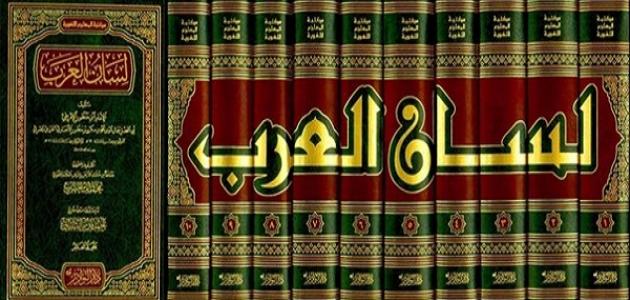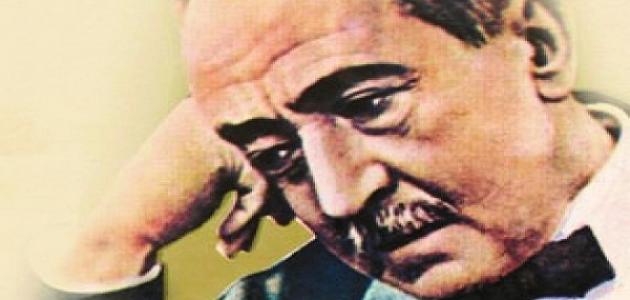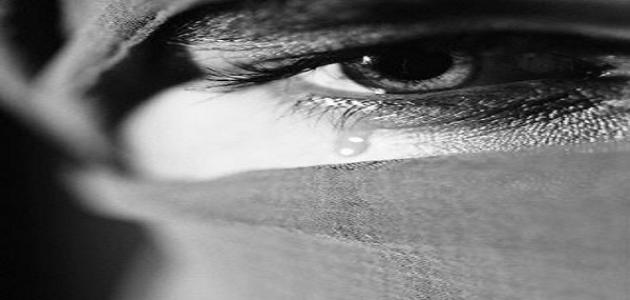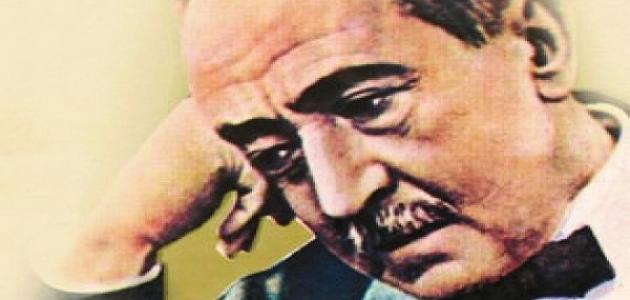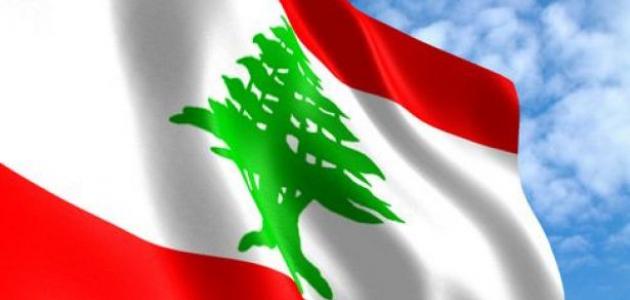Ibn Manzoor
Ibn Manzoor is Abu al-Fadl, Muhammad bin Makram bin Ali, Jamal al-Din Ibn Manzoor al-Ansari al-Ruwaifi’i al-Afriqi, born in Egypt and said in Tripoli in the west in the year 630 AH, and he is the owner of the dictionary of Lisan al-Arab. In Cairo before he assumed the jurisdiction of Tripoli, and after that he returned to Egypt, and he had authored many books of literature such as: Confetti of Flowers in the Night and Day, Mukhtar Al-Aghani, and Pleasure of the Soul in the Perspectives of the Five Senses, as he summarized most of the literature’s production, as Al-Safadi said about it. It is reported that he was blinded at the end of his life and died in 711 AH.
Arabes Tong
The dictionary (Lisan al-Arab) is considered one of the most famous and longest Arabic dictionaries, as it serves as a comprehensive encyclopedia of the dictionaries of the Arabic language in terms of its expressions and meanings. It is also the most complete of the works that were written in the field of the Arabic language. In authorship, namely: Tahdib al-Lughah by al-Azhari, al-Muhakkim by Ibn Sayyidah, al-Sihah by al-Jawhari, Haashiyat al-Sihah by Ibn Berri, and al-Nihaya fi Gharib al-Hadith by Izz al-Din Ibn al-Athir, but he did not mention the language group of Ibn Durayd, knowing that he referred to it extensively.
Ibn Manzoor approach in his author
Ibn Manzur took a path in Lisan al-Arab and al-Jawhari’s approach in the Sahih, where he relied on the alphabetical order in the letters of the book, and built the chapters of the book on the last letter of the word, then the first letter, then the second, and so on. And he said: (I analyzed his status as the height of memorization, and I analyzed his plurality of words, and despite that I do not claim a claim in it, so I say I saw or heard, or did or made, or stressed or left, or transmitted from the Arabs or carried; in all of these claims he was not left out. Al-Azhari and Ibn Sayyidah said an article, and they did not leave room for anyone in it, for they specified in their books what they narrated, and they proved what they contained, and they published in their books what they folded, and by my life they collected, so they were aware, and they came with the objectives and loyal, and I have no virtue in this book that I die with, and I have no means to stick to Because of it, except that I collected in it what was dispersed in those books of science, and simplified what was said about it and was not satisfied with what was easy, and the seeker of knowledge was distressed, so whoever stood in it on what was right or wrong, or correctness or defect, then I entrusted him to the first compiler, and praised him and disparaged him for his origin on which the dependent is based; Because I copied from every original its content, and I did not change anything from it).
Read also:Analysis of the novel The Thief and the DogsThe tongue of the Arabs includes 80.000 linguistic articles, and this number is double the number of the article mentioned in the Sahih, as well as more than 20.000 articles from the articles that came in the following dictionary, which is the dictionary of Al-Muheet by Al-Fayrooz Abadi. Two, namely: the chapter on the interpretation of intermittent letters in the early surahs of the Holy Qur’an, and the chapter on titles of lexical letters, their natures and properties, then he put his dictionary on the system of chapters and chapters, and dealt in each chapter with a letter from the Arabic letters, then comes in each chapter a chapter for each letter; This is according to the beginning of the root of the word, and this method is like the method of the correct dictionary.
Characteristics of the tongue of the Arabs
Lisan al-Arab is distinguished as the encyclopedic dictionary that cites the verses of the Holy Qur’an, the noble hadiths of the Prophet, and the verses of Arabic poetry, as well as the opinions of linguists and grammarians, and other news and monuments. Therefore, this makes the dictionary useful not in the lexical field, but rather its usefulness goes beyond other fields of scientific life. The book was printed in the Amiri press in Bulaq in Cairo, and it consists of 20 parts, and each part exceeds 300 pages. According to the early roots and not to the last, this method is the method used in the various dictionaries of the modern Arabic language.
Read also:Definition of modernity